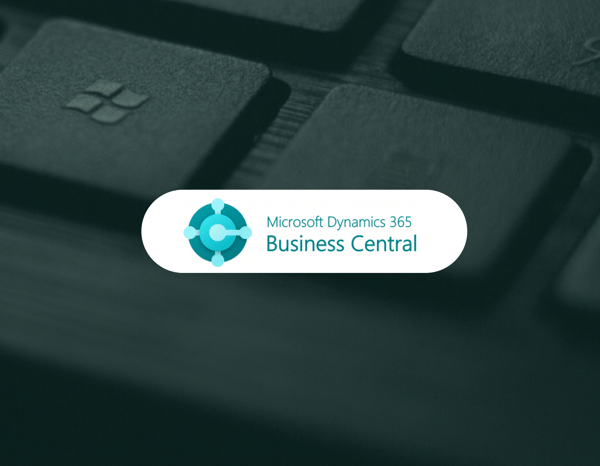

When finance administrators start to explore electronic invoice processing solutions, they often come across terminology that might be a bit confusing.
That’s because there are different formats for electronic invoice solutions, and different names are used for the same description. Let’s clear up any confusion.
What is electronic invoice processing?
Electronic invoice processing refers to the process that takes an invoice, whether it was originally in paper, email, or format such as PDF, EDI, XML, and digitizes the information so that the data is available in electronic invoice processing software. Another way to describe electronic invoice processing software is with the term “accounts payable automation”, or AP automation. In both cases the technology is automating all the processes in accounts payable.
What are electronic invoicing solutions?
Electronic invoice processing solutions usually provide a way to capture the invoice data, depending on what the original format is, and populating a central dashboard with invoice status. Usually an approval workflow is provided for automating the task of sending vendor invoices out for approval to the person responsible for the purchase.
Electronic Invoicing Solutions Offered by Rillion
The electronic invoice processing solution (or AP automation) offered by Rillion includes the following functions:
-
Invoice Data Capture
Both paper and emailed invoices are captured by invoice capture technology, turning invoices into pure data. -
Invoice Processing
Invoices are viewable in a central dashboard, showing invoice status. Invoices that need attention are flagged and the proper approval workflows to supervisors and project managers can be set up. -
Approval Workflow
The approval workflow supports both simple and complex approval paths. Finance administrators use a drag and drop interface to design the workflow. Ad-hoc routing is available for special situations. -
PO Matching
PO invoices are matched to an internal or external purchase order by the invoice processing software. If there is a match, the invoice is sent to the ERP for payment, a process that takes place in the background within minutes of receipt. If there is an exception, the approver receives the PO and the invoice and all the information they need to clear the exception. -
Archive and Audit
A complete time-stamped invoice log keeps track of all interactions and messages, useful for audits and investigations. Once an invoice has been paid, the invoice is stored in an invoice archive that is fully searchable.
What are the differences between electronic invoice processing solutions, or AP automation software?
AP automation software is a very competitive space and there are a lot of options. Some solutions are for smaller companies that only need to digitize the data and have an approval workflow.
For larger companies there may be more complexity so the system needs to be robust and configurable. An example would be a company with many different subsidiaries, multiple locations, different countries and tax codes, and complex approval workflows.
An automated PO matching engine can make a huge difference to large organizations. Manually matching is a tedious task that takes up time and resources. AP automation with automated PO matching matches invoices and POs in the background, making the whole process “touchless”.
What’s the difference between On-Premise or in the Cloud?
On-premise solutions require you and your IT department to install and manage the software. Cloud-based systems (also known as Software-as-a-Service or SaaS) AP automation platforms are usually a good choice, because users get software updates automatically. Find a solution where the cost is based on invoice volume and services, rather than user license fees. That way you optimize your spending around the actual work being performed.

